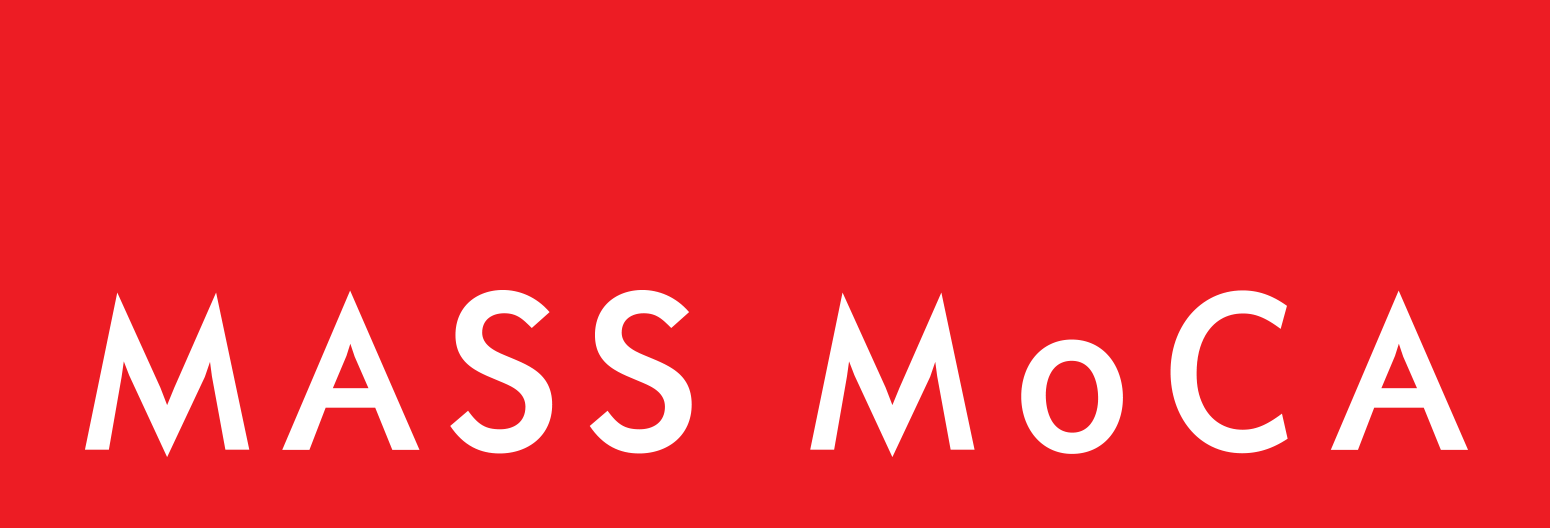Sol LeWitt
- Sol LeWitt
A wall divided vertically into four equal squares separated and bordered by black bands. Within each square, bands in one of four directions, each with color ink washes superimposed.
August 1993
Color ink wash
National Gallery of Art, Washington, D.C.
The Dorothy and Herbert Vogel Collection, Gift of Dorothy and Herbert Vogel, Trustees, 1993.41.1
First Installation
National Gallery of Art, Washington, D.C.
First Drawn By
Sachiko Cho, Kei Tsujimura
MASS MoCA Building 7
Second Floor
Sol LeWitt’s earliest wall drawings explore fine lines in four directions (vertical, horizontal, diagonal left, and diagonal right) using 8H or 9H graphite sticks and sometimes red, yellow, and blue colored pencil. When LeWitt began using ink washes in 1983, he often returned to these patterns of parallel lines, replacing the fine graphite marks with thicker, bolder bands of ink which he alternated with bands of white. Later, LeWitt eliminated the white spaces all together, filling all the bands with saturated color, as seen in Wall Drawing 681C.
As in the pencil iterations, LeWitt limited his ink palette to gray, yellow, red, and blue (the colors used in printing) and frequently layered or superimposed the four colors. While the superimposed pencil creates very faint variations in hue, the ink layers produce a broad color palette of rich, gem-like colors. The artist soon expanded his palette even further by experimenting with not only layers of different ink colors, but also multiple layers of the same colors. This layering technique is often likened to musical composition: the four basic colors are like notes that can be combined in many ways, and in many octaves, resulting in a multitude of different melodies. Wall Drawing 681C exemplifies the range of hues that LeWitt’s instructions can produce.
Backstory
In Wall Drawing 681C the arrangement of ink color combinations appears to be random; however, within each square all of the bands have the same first color of ink: all of the bands in the first square start with yellow, all in the second with gray, all in the third with red, and all in the fourth with blue. This pattern almost adheres to LeWitt’s code that applies colors to the four basic types of line. The square with red base layers consists of diagonal left to right lines, and the square with the blue base layers consists of diagonal right to left lines, as decreed by the code. However, the yellow and gray codes have been switched: gray is the standard color for vertical lines, and yellow is the standard color for horizontal lines (in this wall drawing they have been switched).


